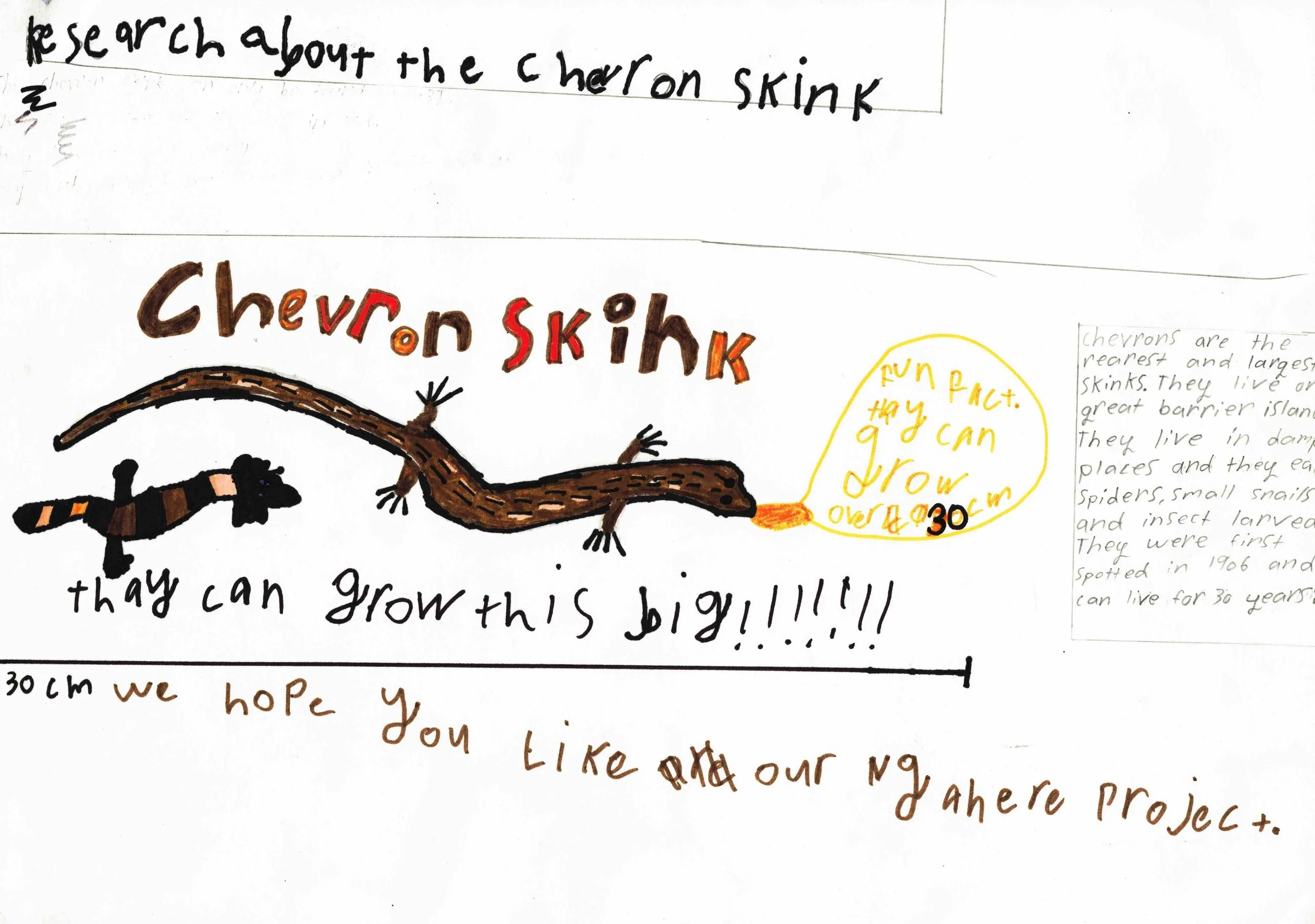
Our Research | Toitū te Ngahere
Ngahere Ora Book for Children
Ngahere Ora Book For Children
This book features artwork created by Years 1-6 students from Mulberry Grove School in Tryphena on Aotea Great Barrier Island as part of a collaborative research project with researchers from the University of Auckland | Waipapa Taumata Rau. The Toitu te Ngahere: Art in schools for forest health project is part of the research theme Mobilising for Action, funded by the Biological Heritage National Science Challenge programme Nga Rakau Taketake.
These students recognise they are kaitiaki and became citizen scientists to explore and research their local forest to understand its values and how these may be impacted by forest diseases such as kauri dieback and myrtle rust. Living in an environment with rare and endangered species the children of Aotea Great Barrier Island know their environment can be impacted by the actions they take. Learning to see the ngahere through the lenses of maturanga Maori and western science gave them a broad perspective on ngahere ora, the wellbeing of the forest.
Book Design
The design of the book draws heavily on the creative art by the children of Mulberry Grove School produced during their engagement with the Toitu te Ngahere project. Laid out using an engaging scrapbook style it uses artistic elements from the children’s artwork, including page backgrounds created by the children’s experimentation with pigments they discovered in the forest and mixed during the project. The text is taken from an extensive digital presentation prepared by their kura to showcase their exploration of the forest.
More broadly the book is designed to record the learning journey of the children from Mulberry Grove School and it is presented in a form and with the hope that other primary schools and their children and teachers will embark on their own ngahere ora learning journey of discovery in their own forest.
The book is in the final stages of prepress production
and will be available shortly.
Lesson Plans
To accompany the Ngahere Ora booklet, lesson plans that support teachers to engage children in activities to learn about native forest have also been created by Toitu Te Ngahere. These plans can be downloaded using the button below. They have been designed for Year 4 - 6 children and include 14 lessons in three phases including:
Phase 1: Your Local Area - three lessons
Phase 2: Ngahere Ora Forest Health - six lessons
Phase 3: Arts-based Inquiry - five lessons


The Forest Ecosystem
Portfolio posters
Each student selected their hero tree, plant or animal from the forest ecosystem before compiling artwork, including monochrome pencil sketches, coloured drawings, leaf rubbings and photographs to illustrate characteristic and distinctive features of their subject from specimens, sketches and impressions collected during their exploratory visits to the ngahere.
In the classroom, the children undertook research about the ecological role, traditional uses, taxonomy, habitat and description of their subject before combining their prepared text with their artwork onto a large format portfolio poster for display.
View the portfolio posters in the slideshow below.
Use the arrows on the left and right of the photos to navigate in the slideshow.
Leaves And Flowers Of The Forest
Pen and watercolour postcards
In addition to the multimedia portfolio posters the children also explored a distinctive feature of their subject in more detail and prepared a postcard sized pen and watercolour painting to illustrate flowers, leaves and stems often against vibrant backgrounds drawn from the colours of their landscape.
These paintings show the detailed arrangement of flower petals, the venation of leaves, the telltale signs of insect damage and the growth habit of stems. Combined with the portfolio posters they illustrate the scale of the children’s investigation of their forest from the tiny details of a single leaf or flower to the place their subject has in the whole forest ecosystem.
View the postcards in the slideshow below.
Use the arrows on the left and right of the images to navigate in the slideshow.































